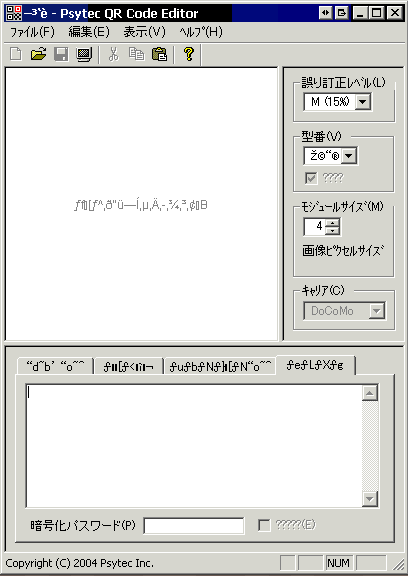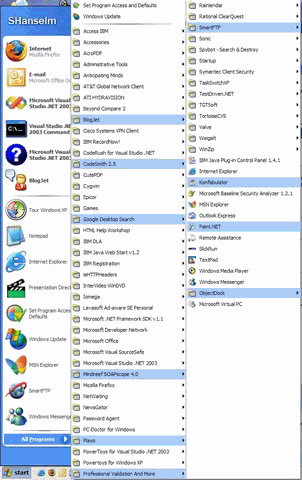
programming concepts
Welcome to the Tribe
I don’t know why I haven’t found this before, but Robert Read’s* How to be a Programmer (PDF version) is well worth your time: To be a good programmer is difficult and noble. The hardest part of making real a collective vision of a software project is






